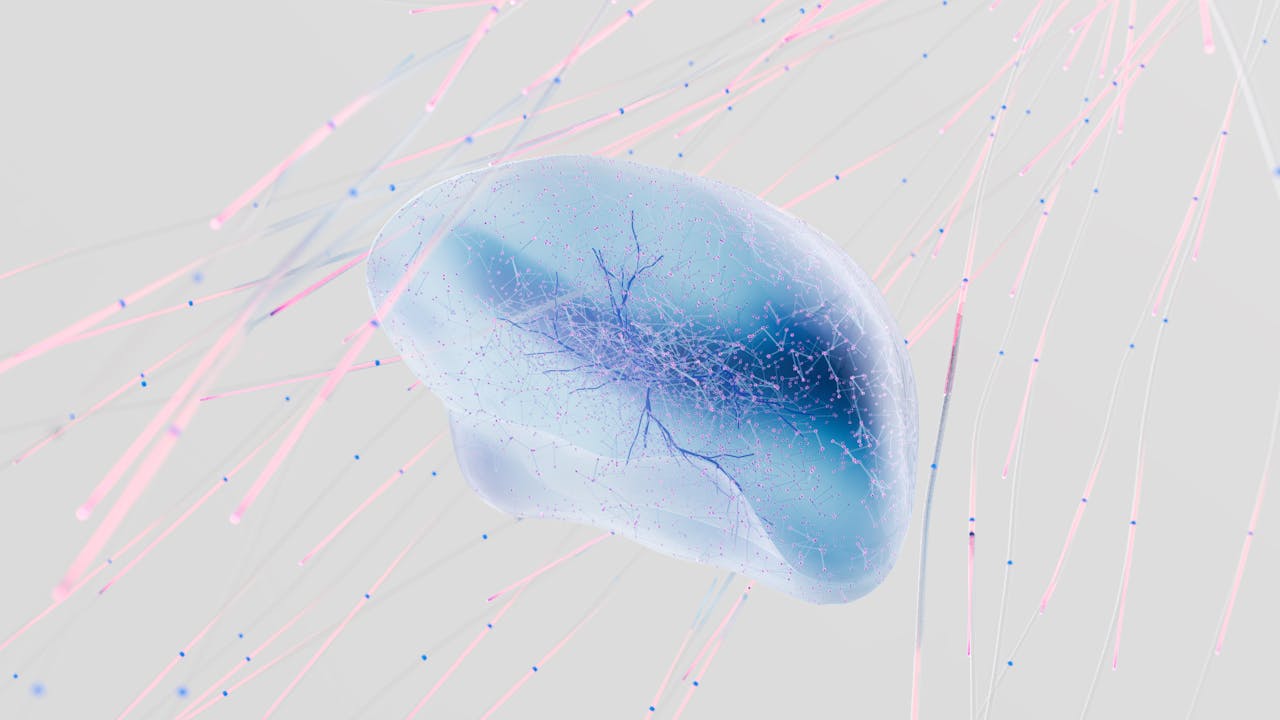News
Scientists Develop New, More Precise CRISPR/Cas9 Gene Editing System To Repair Damaged DNA
A team of scientists developed a new and more precise CRISPR/Cas9 gene editing system that allows them to repair damaged DNA with high accuracy. This new discovery could pave way for the development of ways to cure hereditary diseases with high accuracy.
Researchers at the Christiana Care Health System's Gene Editing Institute also developed the system to determine when the DNA repair machinery has introduced genetic changes instead of the desired repair, Genetic Engineering & Biotechnology News reports.
Recently, scientists discovered an off-switch for the super powerful gene-editing system. Now, Canadian scientists said they developed the Excision and Corrective Therapy (EXACT) gene editing system that works like a band-aid for faulty and damaged genes.
The EXACT system uses a short single-stranded piece of DNA called an oligonucleotide to serve as both bandage and template when repairing a genetic mutation.
"The advancement here is a new concept of using donor DNA as an oligonucleotide to act as a Band-Aid across a gap created by the CRISPR [ribonucleoprotein complex], and then allowing replication to fill in the gap, and then the oligonucleotide dissociates and on you go," Dr. Eric Kmiec, director of the Gene Editing Institute at the Helen F. Graham Cancer & Research Institute at Christiana Care, said as reported by the Canada Journal.
The researchers also reported that the new technique they can result in a significant amount of point mutation repair. It produced cells that make functional fluorescent protein.
"If you lose DNA, even one or two bases, even if you fix the point-mutation the gene is disabled because the gene can no longer code for the proper protein," Dr. Kmiec explained.
"So even though you have successfully corrected the gene, the problem is that you've also introduced some sort of secondary mutation at the site, and that causes the gene to be completely non-functional," he added.
The CRISPR/Cas9 Gene Editing System
Discovered in the 1990s from studies on bacteria, the CRISPR/Cas9 gene editing system has been widely used over the past decade. The system can either activate or disable specific genes, which could pave the way in the treatment of diseases with genetic causes, such as cystic fibrosis and cancer.
However, despite the promise, this system holds in the field of medicine and genetics, there are accompanying risks. For instance, CRISPR tends to hit unintended spots on the genome. If this flaw is left running on its own, it might lead to unexpected and unpredictable side effects to the patient, the Vancouver Sun reports.









Join the Conversation